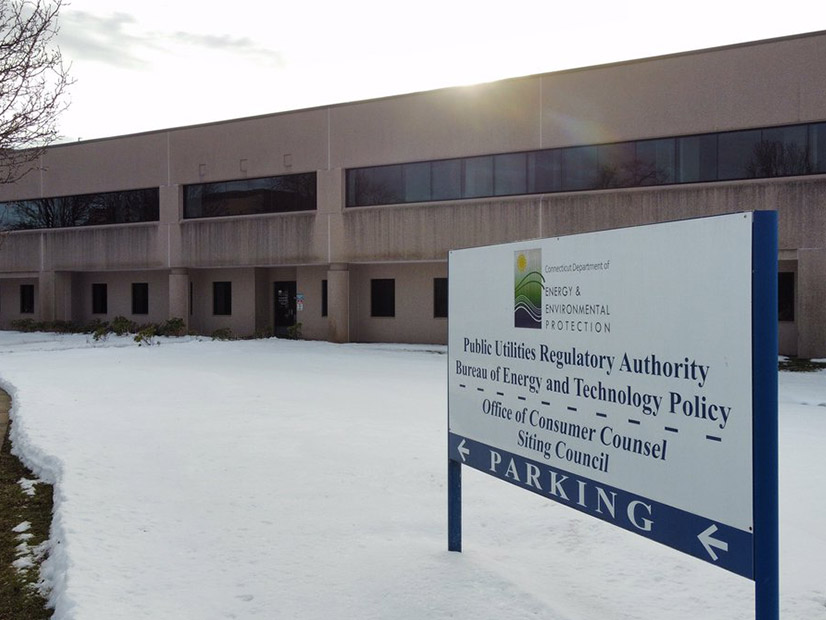Connecticut regulators on Thursday finalized rules for a statewide incentive program to support deployment of 580 MW of installed electric storage capacity by 2030.
The Public Utilities Regulatory Authority (PURA) established rules for a storage program that includes upfront and annual performance-based incentive structures to reduce the cost of buying and installing a storage system for customers of the state’s two investor-owned utilities.
The Connecticut Green Bank will administer the nine-year program with Eversource Energy and United Illuminating starting in January and continuing through at least the end of 2030.
The average upfront residential incentives will start at around $250/kWh, with a maximum incentive of $7,500 per project. Commercial and industrial ratepayers will also be eligible for upfront incentives, including up to 50% of the project cost. Residential, commercial and industrial eligibility for performance incentive payments will be based on the average power a storage project contributes to the grid during critical periods.
More incentives will be available for low-income ratepayers and underserved communities, in addition to small businesses and those who historically experience frequent and prolonged storm-related outages.
Development of the program was informed by legislation signed by Gov. Ned Lamont in June that set a statewide deployment goal of 1 GW of energy storage by 2030, with interim targets of 300 MW by 2024 and 650 MW by 2027.
Calling 1 GW an “aspirational” goal, PURA said in its ruling that it appreciates the “nascent nature” of the electric storage industry in Connecticut and recognizes that market conditions “are likely to change in the coming years.” However, the authority believes that a 580-MW program deployment target for 2030 is necessary given the legislative goal and PURA’s objective to lower entry barriers to foster the development of a “state-based electric storage industry” through the program.
The program will include three-year review cycles for PURA to reassess deployment targets and the breakdown of the deployments by ratepayer class. The reviews will also evaluate whether the program ultimately delivers on the expected value to Connecticut’s ratepayers and meeting objectives.
Between the new law and rules, PURA Chair Marissa Gillett said in a statement that Connecticut is primed to be a potential leader in realizing the benefits of energy storage.
“Today’s decision builds on that vision by establishing a comprehensive statewide program that not only incorporates different applications and types of electric storage but ensures the state is on a path to achieving 1,000 MW by 2030,” Gillett said. “I want to thank the legislature and Gov. Lamont for their leadership and recognition of the vital role storage will play in a truly equitable, decentralized, decarbonized and modernized grid.”
This ruling and PURA’s recent announcement of a nine-year electric vehicle charging program — both part of the Equitable Modern Grid initiative — also address Connecticut’s long-term greenhouse gas reduction targets that require a 45% reduction in emissions by 2030.



